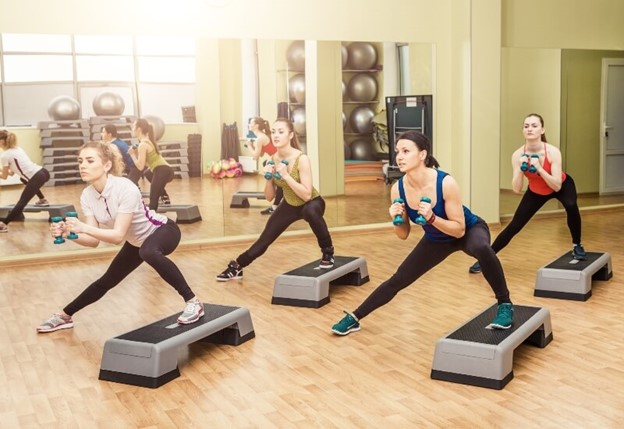Aerobic and anaerobic exercise are essential components of any effective fitness routine, and there is never a bad time to start or refresh your approach. To achieve your exercise goals, it’s important to be intentional about the type of exercise you choose. In this article, we’ll share our expertise to help you make the most of both aerobic and anaerobic workouts. While there are countless programs and routines to explore, they all fundamentally focus on four key areas: aerobic, anaerobic, flexibility and mobility, and balance and coordination.
Understanding Energy Production in the Body
To maximize your exercise routines, it’s important to understand how your food becomes the energy you need. When you eat, some of the energy from your food is used immediately, while the remaining energy is stored as fat or glycogen. Our body has three energy systems that work collectively to release energy: phosphagen, glycolysis, and aerobic respiration.
The Three Energy Systems Explained
- Phosphagen System: This is an immediate energy source that supports high-intensity exercises lasting 12-15 seconds, like sprints or squat jumps. It does not require oxygen.
- Glycolysis System: An intermediate energy source for exercises lasting around 2 minutes at moderate to high intensity, such as 400m runs or circuit training. This system also does not require oxygen and produces 2 ATP per glucose molecule.
- Aerobic Respiration System: A prolonged energy source for endurance activities, depending on sufficient sugar, fat, and oxygen. It produces 38 ATP per glucose molecule and is used for longer activities like running or cycling.
Aerobic and Anaerobic Exercise: Key Differences
Almost all exercises have both aerobic and anaerobic components. Understanding these two types of exercise will help you tailor your routine to your specific goals.
What is Aerobic Exercise?
Aerobic exercise requires oxygen for the muscles’ energy-generating process. It is slower but more efficient than anaerobic processes, making it ideal for endurance and cardiovascular health. Common examples include walking, running, cycling, and swimming.
What is Anaerobic Exercise?
Anaerobic exercise does not require oxygen for energy production, allowing for high-intensity, short-duration activities. It helps enhance muscle power, strength, and size. Examples include sprinting, weightlifting, resistance band exercises, and bodyweight exercises.
The Benefits of Combining Aerobic and Anaerobic Exercises
Aerobic Exercise Benefits
- Improves heart, lung, and circulatory system health
- Reduces risk of heart disease, stroke, type 2 diabetes, dementia, and depression
- Supports weight management and endurance building
Anaerobic Exercise Benefits
- Increases muscle strength, power, and size
- Enhances bone density and muscle mass
- Improves metabolic rate and supports weight loss
How to Maximize Your Aerobic and Anaerobic Exercises
To achieve optimal health, incorporate both aerobic and anaerobic exercises into your routine. If your goal is to burn more calories in the short term, focus on anaerobic exercises. For increased cardiovascular endurance, prioritize aerobic exercises.
Recommended Exercise Guidelines
For healthy adults aged 18-64, the World Health Organization recommends:
- Aerobic Activity: 300 minutes of moderate-intensity or 150 minutes of vigorous-intensity aerobic exercise per week.
- Anaerobic Activity: Strength training exercises targeting all major muscle groups at least two days a week.
For adults over 65 with good health, continue with the above guidelines. If mobility is an issue, include physical activities that promote balance.
Final Thoughts: Start Your Journey Today
Maximizing your aerobic and anaerobic exercise starts with understanding how your body creates and uses energy. With the right plan—and the right support—you can train smarter, feel stronger, and reach your goals more efficiently.
At Pledge To Fitness®, we offer flexible, expert-led options to fit your lifestyle and preferences:
-
At home personal training for private sessions in your space and on your schedule
-
Online personal training for support and accountability—wherever you are
-
Personal training in Houston for expert guidance at our Bellaire studio or around the city
Let’s build a plan that works for you. As always, please consult your healthcare provider before beginning or changing your exercise routine.



